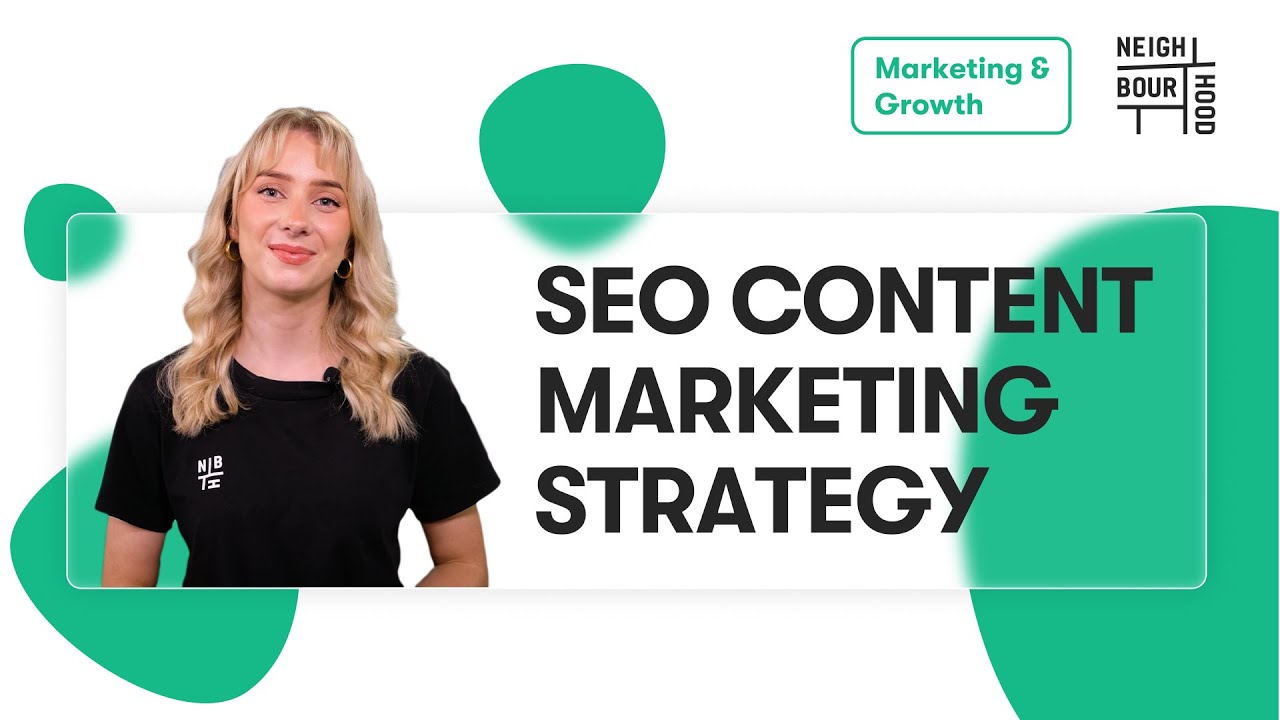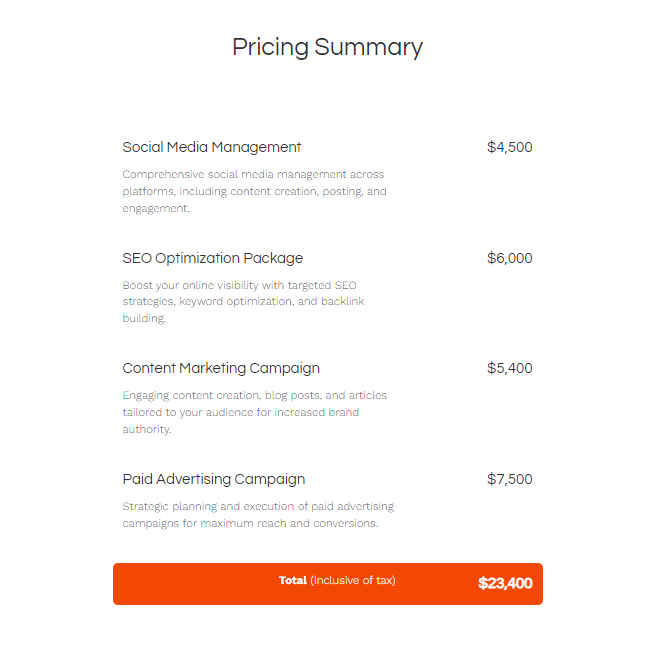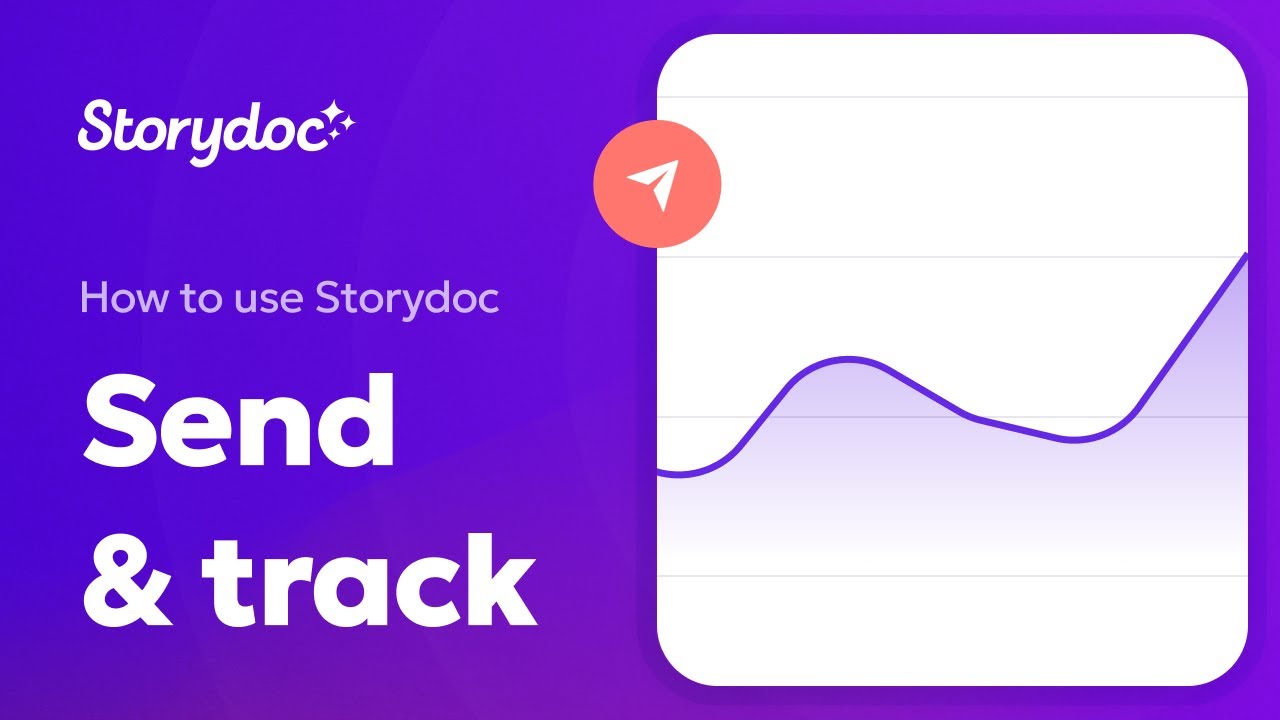Effective SEO Proposal Guide (Examples & Templates)
Learn how to create SEO proposals to stand out and win business. Discover the best SEO proposal format, structure, and get editable SEO proposal examples.


Learn how to create SEO proposals to stand out and win business. Discover the best SEO proposal format, structure, and get editable SEO proposal examples.
Short answer
An SEO proposal is a strategic plan presented by SEO experts to potential clients, detailing actions to enhance their website's search engine performance, visibility, and organic traffic, along with expected outcomes and costs.
| Format | Pros | Cons |
|---|---|---|
| - Great for content-heavy documents - Easy to access and print |
- Missing interactive features, less engaging - Hard to customize once completed |
|
| PPT | - Combines text and visuals well - Commonly used for creation and presentation |
- Interactivity is limited - Can look generic without extra effort |
| Word | - Ideal for joint writing efforts and simple layouts - Easy to edit text |
- Difficult to add complex visuals or multimedia - Might not look as polished |
| Storydoc | - Perfect for narrative-driven content with visuals - Interactive elements like buttons and calendars prompt engagement |
- New users may face a learning curve - Interactivity doesn't translate to print |
Stop losing opportunities to ineffective presentations.
Your new amazing deck is one click away!
















